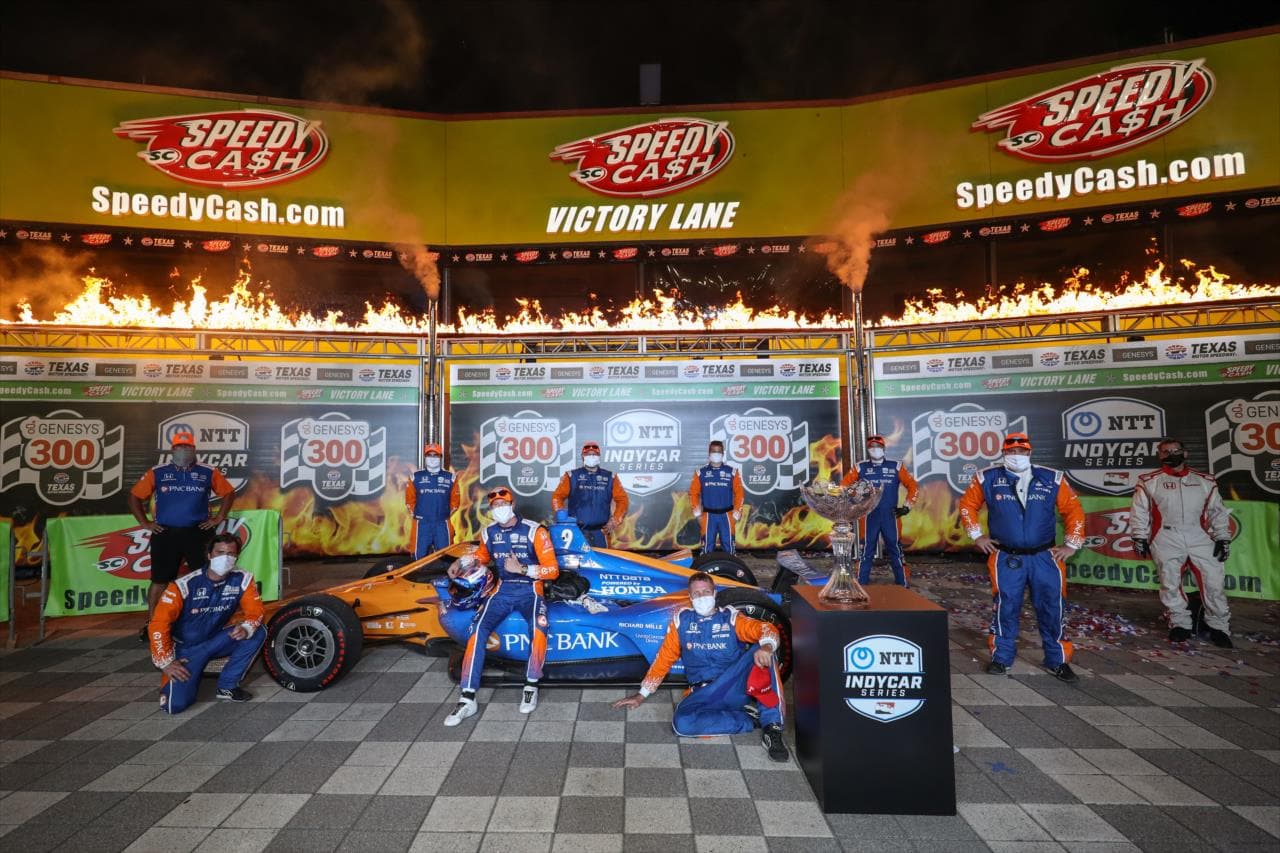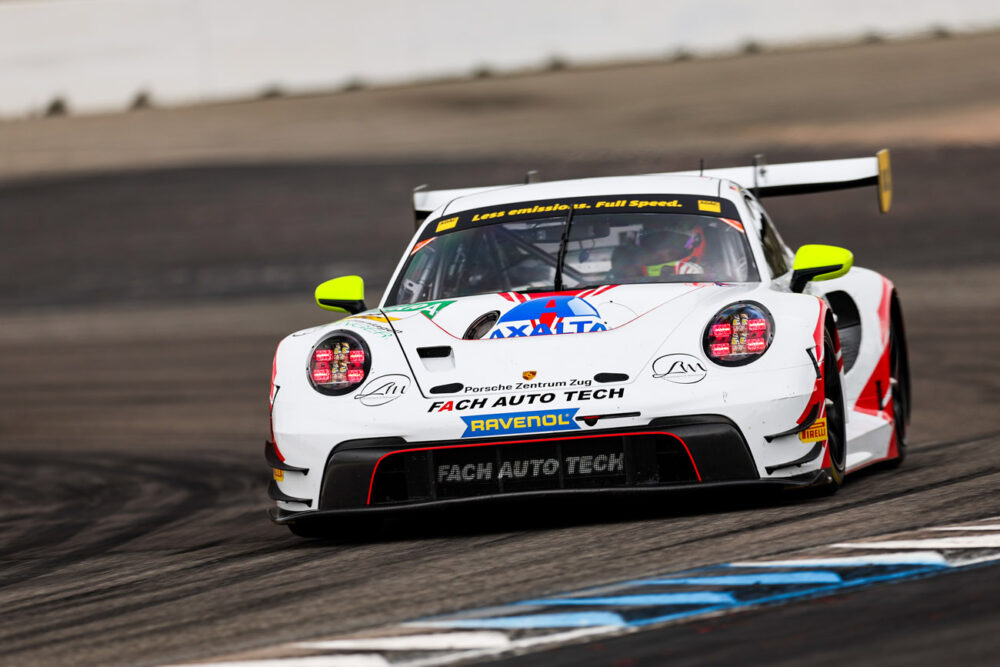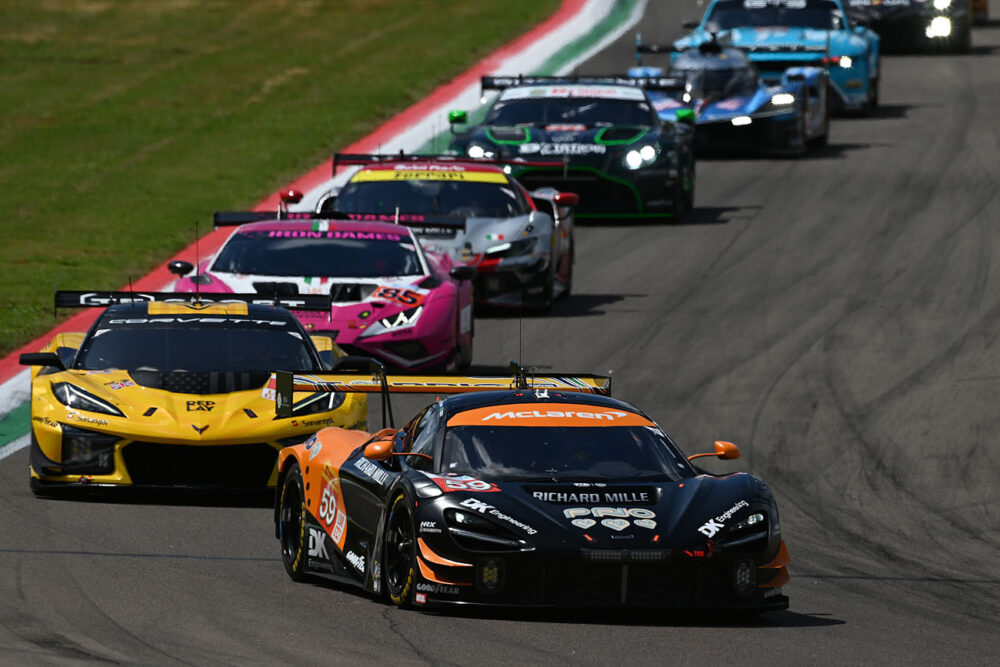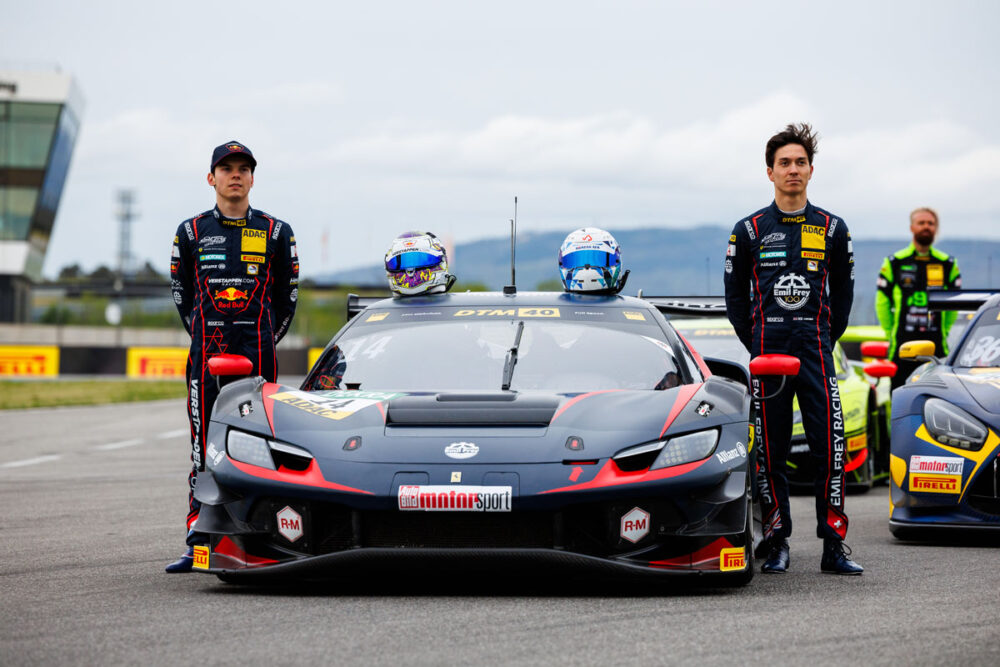IndyCars: Premiere with windshields 🎥
SAFE AEROSCREENS The Americans were the first to resume racing in times of Corona as early as mid-May. On June 6, the IndyCars debuted in Texas with windshields that could set a precedent. The five-minute or so highlights of the first round of the 2020 NTT Indy Car Series with Dallara's aeroscreen race cars. On May 17, the [...]
The five-minute or so highlights of the first round of the 2020 NTT Indy Car Series featuring Dallara's Aeroscreen race cars.
On May 17, Nascar kicked off the season with the resumption of its racing season that began in February. On the first weekend in June, the IndyCars followed suit with their delayed start to the season. The venue was the Texas Speedway in Fort Worth, which was hermetically sealed off to spectators.
Memories of Simona de Silverstro's accident
It was at this high-speed oval that Simona de Silvestro had a serious accident in her first Indy season in 2010 at the beginning of June, just one week after her magnificent victory in the rookie classification of the Indianapolis 500.
Fortunately, she only escaped from the completely destroyed and ultimately charred Dallara with burns to her hand, which she had sustained when she got out of the cockpit. In her time of need, patron Fredy Lienhard helped her out by buying a replacement car with which she was able to finish her first IndyCar season. This Dallara is now in autobau Romanshorn.
For the first time with windshield
Ten years later, the IndyCars are still just as fast, but a little safer. Another step in this direction is the introduction of the so-called aeroscreens.
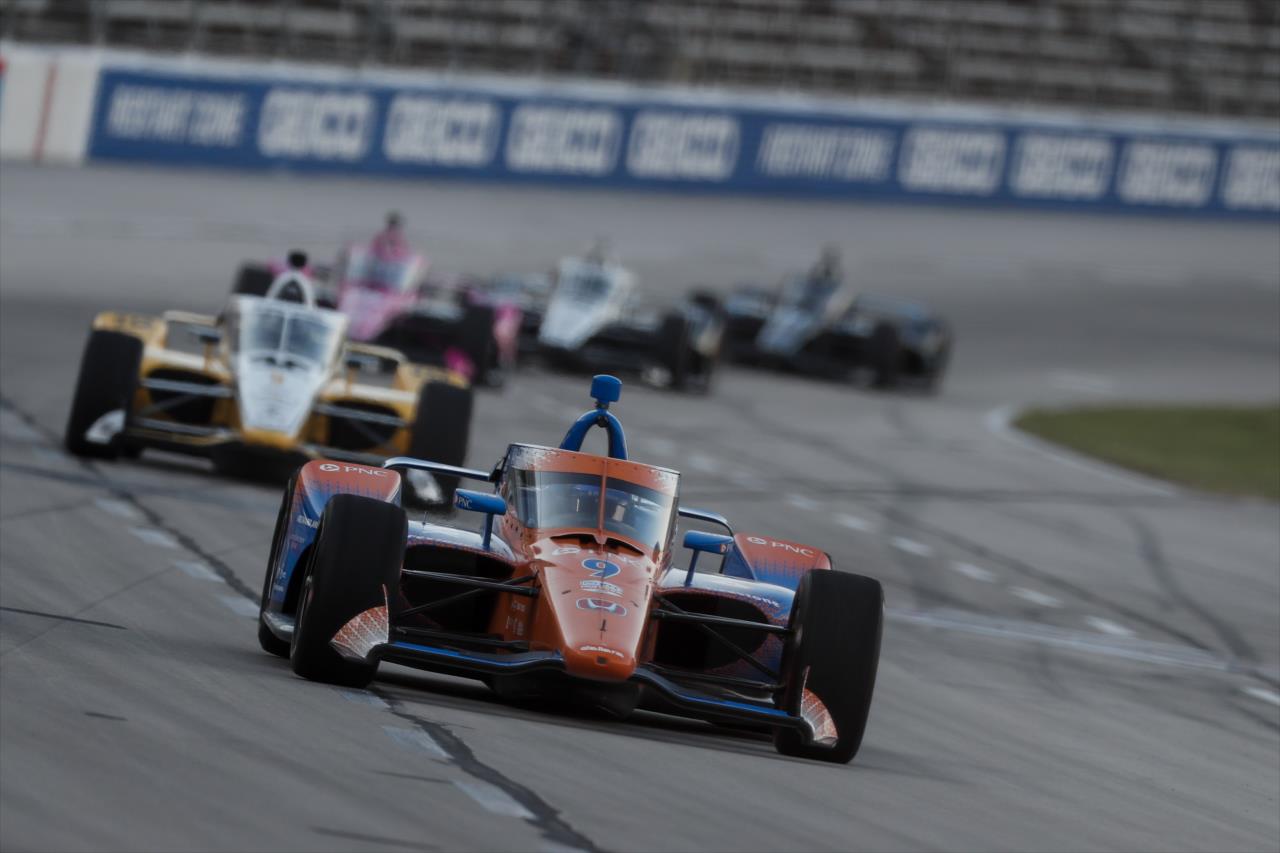
The windshields surround the cockpit and protect the driver's head and upper body in the event of rollovers, flights into the catch fences or contact with other vehicles, flying wheels and debris. In the past, this would have saved lives in some formula racing series.
Community work
The aeroscreen made of polycarbonate and titanium edging was created in collaboration between Red Bull Advanced Technologies (RBAT), Dallara and the series organization. After many test drives, specific load tests and ballistic trials, all those involved gave the green light for the premiere in Texas. This went off without a hitch.
Getting used to
We'll have to get used to the sight of interconnected monoposti just as we did a few years ago in Formula 1 to the cockpit protection halo, which has now been adopted by all FIA formulas. You will also have to get used to the completely empty, monstrous grandstands on the American speedways. Europe will soon follow...
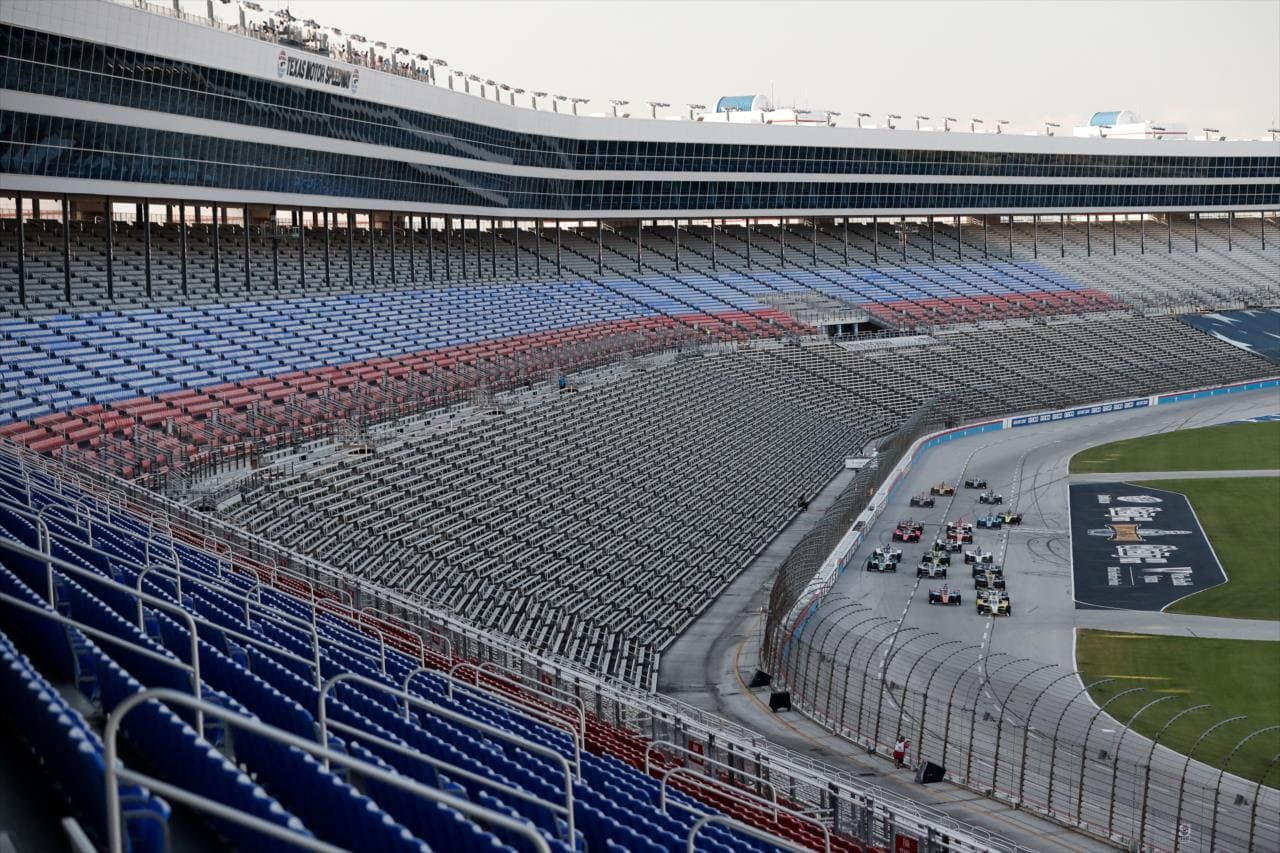
The drivers themselves expressed their satisfaction. The handling of the vehicle was somewhat different but problem-free once you got used to it. Visibility was also unrestricted, and one actually felt safer.
Scott Dixon makes history
The winner of the 200-lap race that started on Saturday evening was five-time champion Scott Dixon in a Dallara Honda from Chip Ganassi Racing. The soon-to-be 40-year-old New Zealander celebrated his 47th IndyCar victory.
Dixon is the first driver since the legendary A.J. Foyt to win at least one race in 18 consecutive seasons - 2020 is his 19th. With an average of 215 mph /about 346 km/h) he was already the fastest in qualifying.
